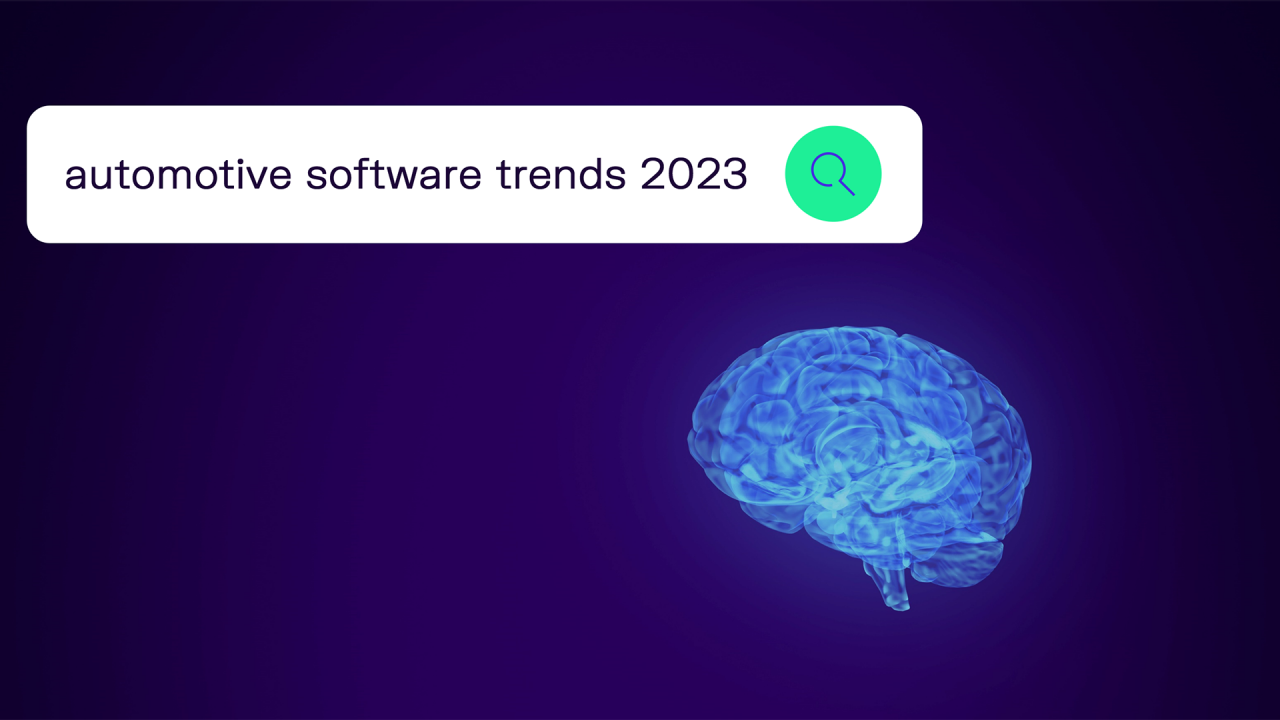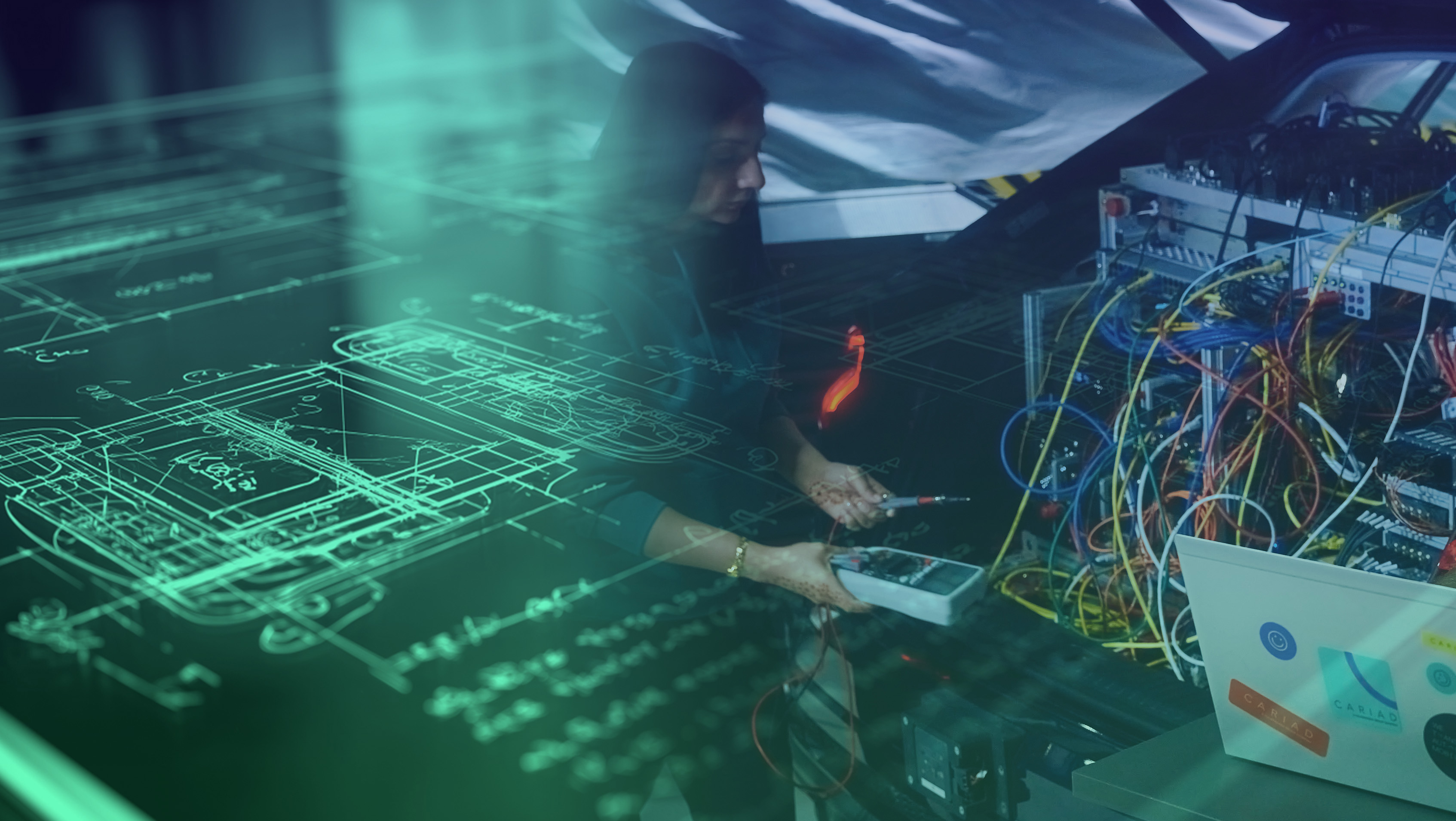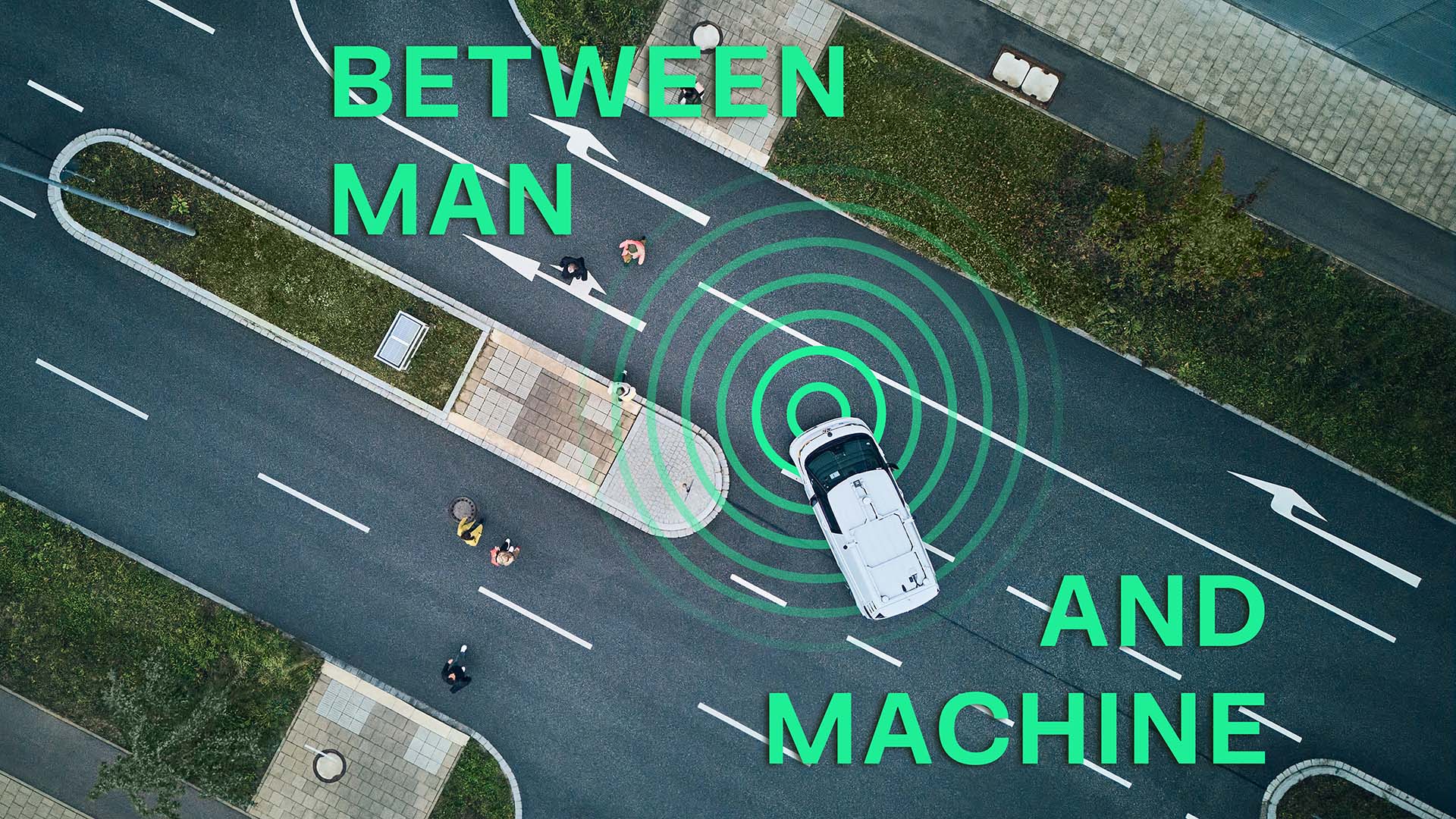We asked AI to predict automotive software trends for 2023
Does the OpenAI chat bot share our vision for the future of automotive mobility?
 According to OpenAI, ChatGPT uses information from the internet as training data and reinforcement learning techniques with human feedback to ’talk’ with users.
According to OpenAI, ChatGPT uses information from the internet as training data and reinforcement learning techniques with human feedback to ’talk’ with users.
Artificial intelligence (AI) is a key topic in software development and increasingly becoming a more significant part of our lives – in the automotive industry and beyond. One AI-based program that has recently been gaining a lot of attention is ChatGPT, developed by research laboratory OpenAI. Designed to act as a natural conversation partner, ChatGPT gathers information from the internet and uses reinforcement learning – a category of machine learning – to provide responses to users.
We were curious to try out this exciting technology ourselves. What would it have to say about the future of automotive mobility? Would it share our vision? And what might dominate automotive news in 2023? We therefore gave ChatGPT the simple command: “Write a listicle about the major trends in automotive software in 2023.”
This was the response we received:
- The rise of electric and autonomous vehicles: As the technology behind electric vehicles continues to improve and become more affordable, more and more car manufacturers are expected to introduce fully electric models. In addition, the development of self-driving technology is advancing rapidly, and it is likely that we will see more and more fully autonomous vehicles on the road in 2023.
- The increasing use of connected and intelligent systems: As cars become more advanced, they are becoming more connected to the internet and to other devices. This trend is expected to continue, with more and more cars being equipped with features such as internet connectivity, advanced navigation systems, and the ability to communicate with other vehicles on the road.
- The growing use of artificial intelligence: AI will be used to improve the safety and efficiency of vehicles, as well as to provide drivers with more personalized experiences. For example, AI will be used to help cars navigate traffic more efficiently, and to provide drivers with real-time information about road conditions and traffic patterns.
- The development of new software and app-based services: As cars become more connected, there will be a growing demand for new software and app-based services that can be used in cars. This could include everything from streaming music and video to advanced navigation and safety systems.
- The rise of blockchain technology: Blockchain technology is expected to play a major role in the automotive industry in 2023, as it is used to improve the security of connected and autonomous vehicles. This could include the use of blockchain-based systems for storing and sharing vehicle data, as well as for enabling secure payments for car-related services.
Progress in all areas of automotive software
Not too bad, right? And at CARIAD, we’re working hard to make sure that 2023 will, in fact, become a great year for further advancement in many of these areas of automotive software. We’ve already seen a lot of progress in 2022: building software for automated driving functions that rely on swarm data, fast-tracking data-driven development with our Big Loop solution and development fleet, introducing new in-car gaming features with Audi and holoride, and working on our own AI for vehicle software.
We're sure there's much more to come, and we're very excited to see what else 2023 has in store for us in addition to an ever-improving AI.




